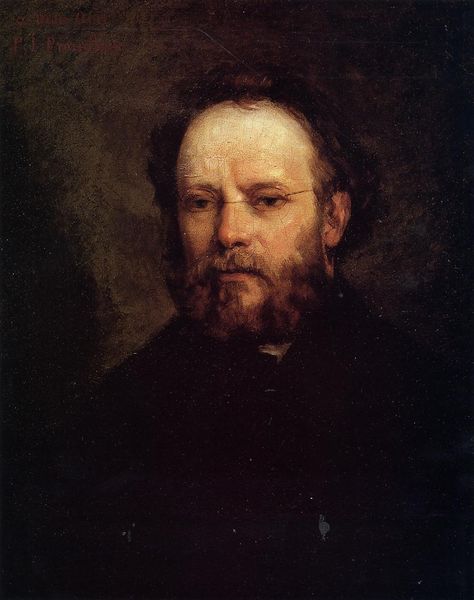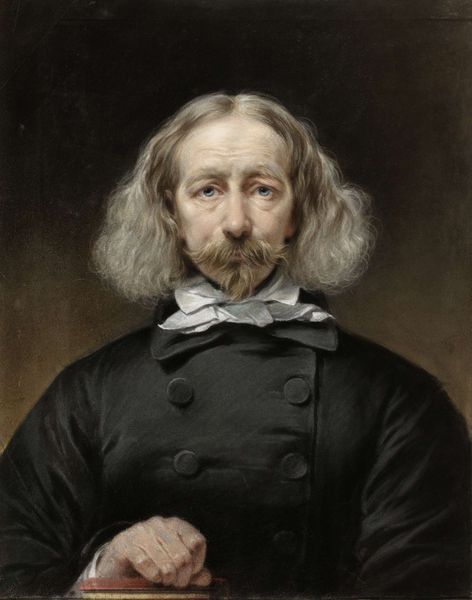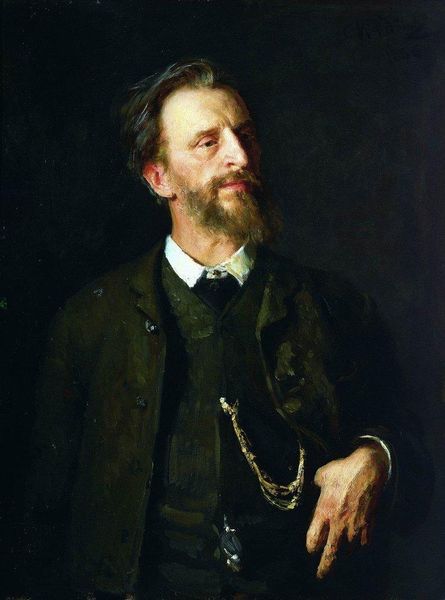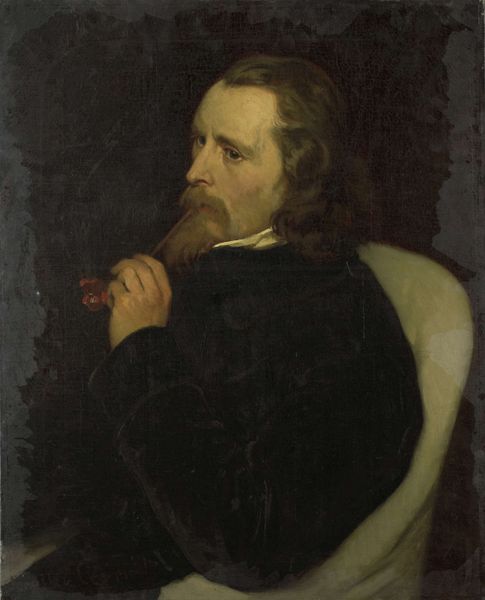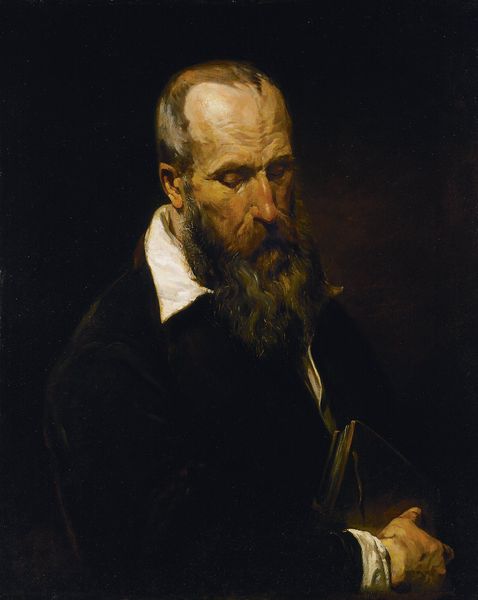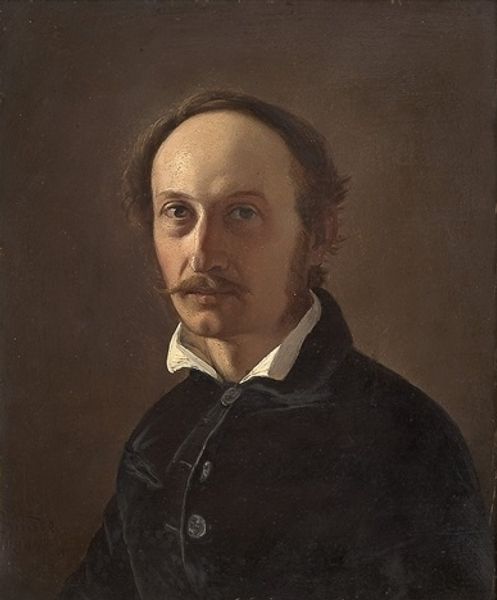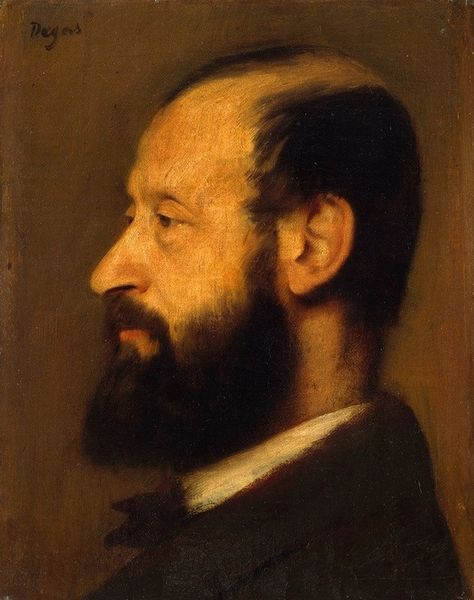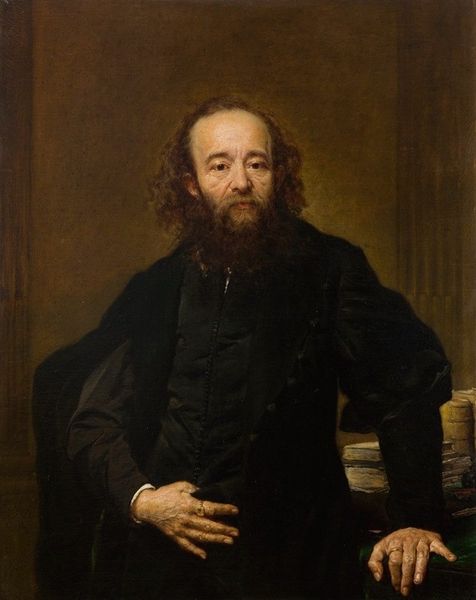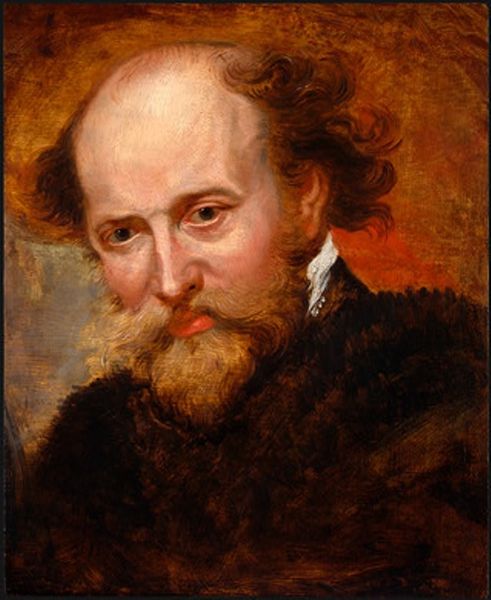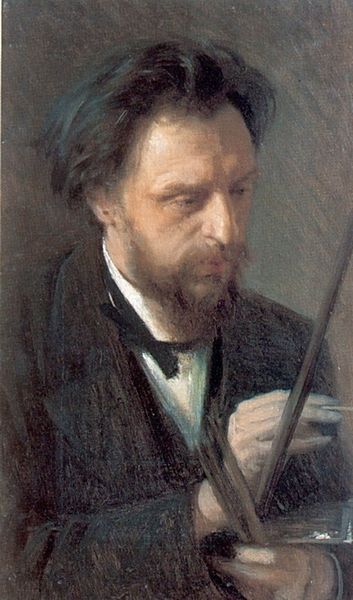
Copyright: Public Domain: Artvee
This portrait of Josef Kriehuber was painted by Friedrich von Amerling, likely in Austria, sometime in the mid-19th century. It offers us an intimate glimpse into the artistic circles of the Biedermeier era. The portrait presents Kriehuber, a fellow artist, with a gravitas typical of the time. He is wearing dark clothing, a visual signifier of his profession, and his gaze is directed away, suggesting a contemplative interiority. This image subtly challenges the prevailing aristocratic norms by valorizing the intellectual and creative class. To truly understand this work, one must delve into the institutional histories of art academies and the burgeoning art market of 19th-century Vienna. Archival records, artist correspondence, and exhibition reviews can shed light on the complex network of relationships that shaped artistic production. The meaning of art is always contingent on its social and institutional context, and the role of the historian is to uncover and interpret these layers of meaning.
Comments
No comments
Be the first to comment and join the conversation on the ultimate creative platform.
